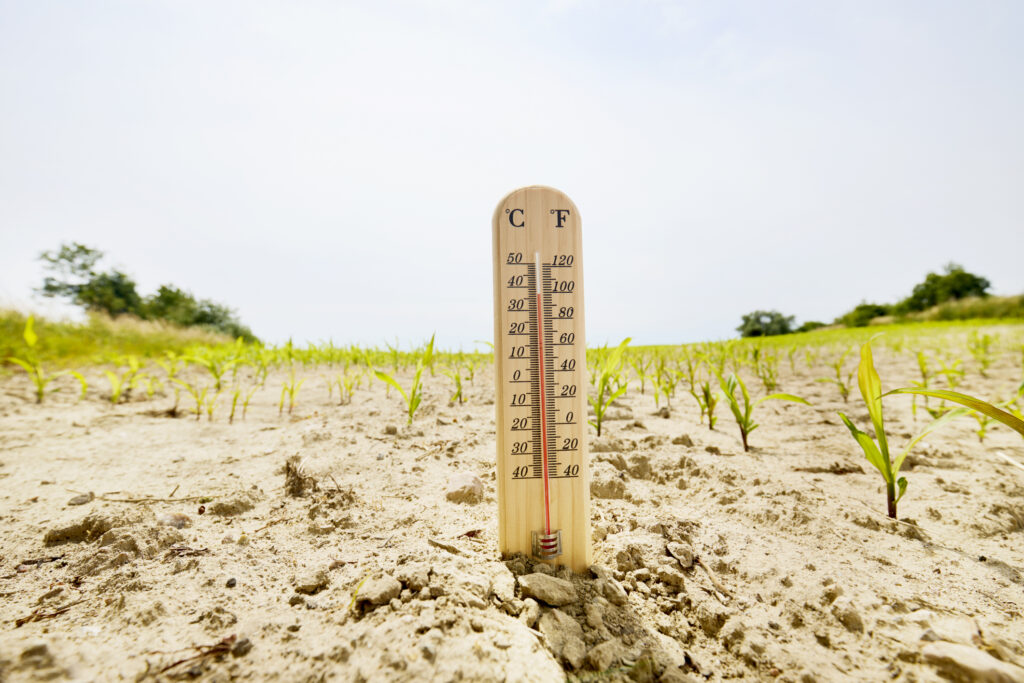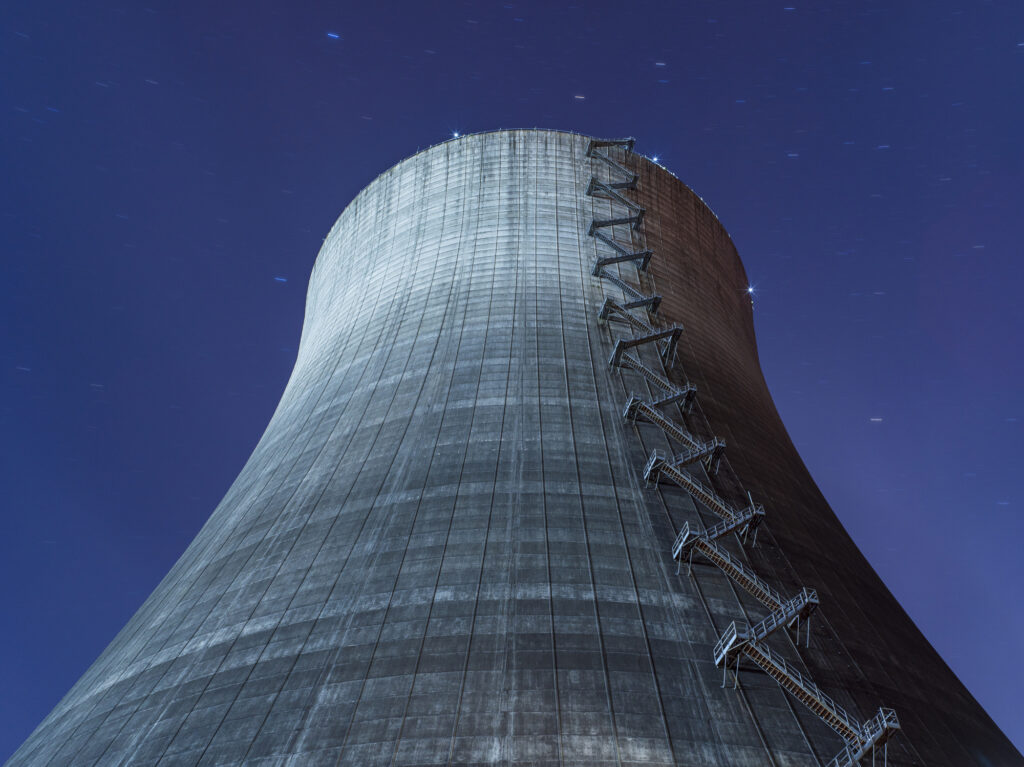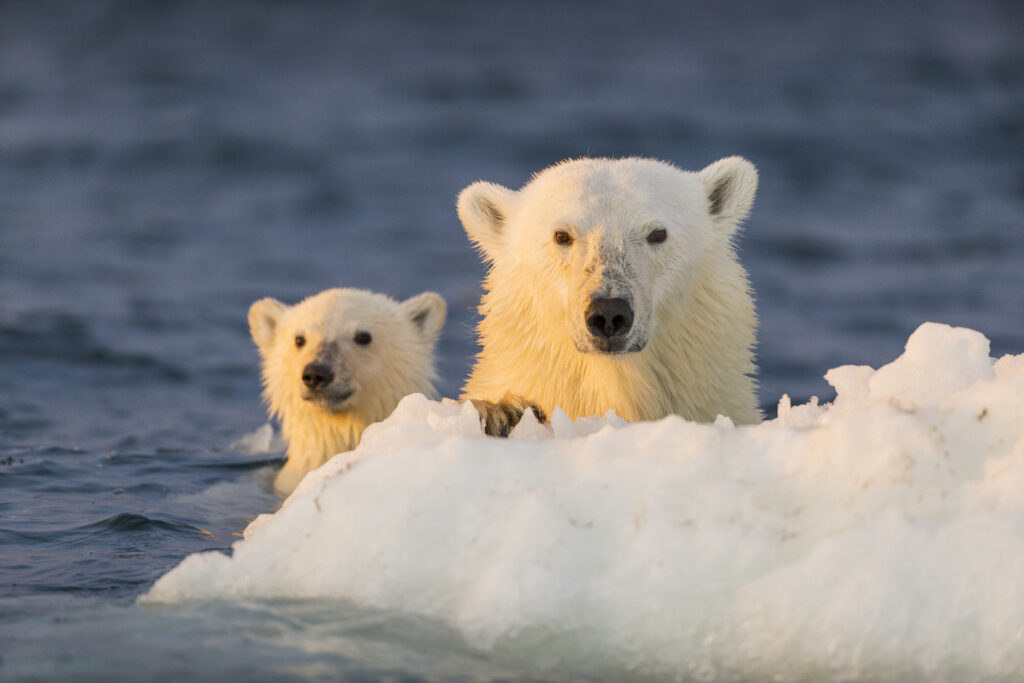On August 7, The New York Times jumped firmly in the climate change doo-doo once again with a front-page story built on a lie, meant to scare the public and pressure the Trump administration to recant his climate heresy and embrace economy-crippling fossil fuel restrictions.
First, to the lie. The Times claimed a draft report, written by scientists from 13 federal agencies as part of the quadrennial congressionally mandated National Climate Assessment, was leaked to it by scientists who feared President Donald Trump’s administration was going to suppress it. Had the Times bothered to do a simple Google search any third grader could undertake, it would have found the report. Far from being suppressed or hidden by the Trump administration, the report has been available to the public online since January, meaning it was out there not being suppressed for eight months before the Times “broke” the story.
Talk about “fake news.”
On August 9, the Times was forced to admit its mistake, publishing a correction noting the study’s public availability since January.
Let’s address the substance of the report a bit. According to the report it is “extremely likely,” meaning 95 to 100 percent certain, humans are responsible for more than half of the warming the Earth has experienced since 1951. The scientists involved have “high confidence” in this prediction. In this climate report, “high confidence” means, “moderate evidence (several sources, some consistency, methods vary and/or documentation limited, etc. [emphasis mine]), medium consensus.” The Times article claimed there were thousands of studies backing the report’s claims.
Of course, there are also thousands of studies that say nature dominates climate. There are also huge inconsistencies in the findings of various published studies, and the “documentation limited” admission is an acknowledgment that many of the studies published in academic journals contradict or undermine the report’s claims concerning the causes and consequences of rising temperatures.
The paper also claims, “Paleo-temperature evidence shows that recent decades are the warmest of the past 1,500 years (medium confidence).” Medium confidence as defined in the report means, “Suggestive evidence (limited sources, limited consistency [which means a great deal of inconsistency], models incomplete, methods emerging), competing schools of thought.” As Watt’s Up With That put it, the medium confidence level is tantamount to a “Scientific Wild-Ass Guess.”
Here’s the problem, as Heartland Executive Editor Justin Haskins and I note in a forthcoming article:
as David Henderson and Charles Hooper noted for the Hoover Institution in April:
“The ultimate test for a climate model is the accuracy of its predictions. But the models predicted that there would be much greater warming between 1998 and 2014 than actually happened. If the models were doing a good job, their predictions would cluster symmetrically around the actual measured temperatures. [Yet] a mere 2.4 percent of the predictions undershot actual temperatures and 97.6 percent overshot. … Climate models as a group have been ‘running hot,’ predicting about 2.2 times as much warming as actually occurred over 1998–2014.”
Numerous other studies … [show] the failure of most climate models. Earlier in 2017, a paper in Nature: Geoscience found climate models have failed to explain the global warming pause experienced in the early 21st century.
If climate models don’t get correct the most basic prediction they make, that of global temperatures, why should anyone trust their predictions concerning climate changes purported to result from rising temperatures?
The draft report also makes claims about sea level rise that don’t, pardon the pun, hold water. The study states, “Global mean sea level (GMSL) has risen by about 7–8 inches … since 1900, with about 3 of those inches … occurring since 1993 (very high confidence). Human-caused climate change has made a substantial contribution to GMSL rise since 1900 (high confidence), contributing to a rate of rise that is greater than during any preceding century in at least 2,800 years (medium confidence).”
In fact, 7 to 8 inches is about the amount of sea level rise the Earth experienced during the previous century as well. Average global sea levels rose approximately 4 inches between 1930 and 1950, before we started pumping out the vast majority of anthropogenic carbon dioxide emissions. And there was almost no sea level rise between 1951 and 1992, when humans really began to step-up energy and associated greenhouse gas production. It is impossible for these scientists to honestly state they can tease out humanity’s contribution to rising seas from the sea level rise that is natural between ice ages. Since the end of the last full ice age, for periods of thousands of years at a time, the rate of sea level rise has been far higher than at present.
Based on this and other factors, I find it extremely likely (95 to 100 percent certain) the scientists either downplayed the significant uncertainties in the field of climate research when speaking to the Times or the Times on its own hyped the most alarming aspects of the report, ignoring the weak confidence levels underpinning the evidence cited and predictions made.
In either case, this report is merely new lipstick on an old pig. The old terrors rehashed in the report wouldn’t even make compelling disaster movie—just ask Al Gore, whose latest climate terror movie is flopping at the box office.
— H. Sterling Burnett
SOURCES: New York Times; Fox News; The Heartland Institute; Watts Up With That; Hoover Institution; and U.S. Global Change Research Program
IN THIS ISSUE …
Increased carbon dioxide boosts crops, not weeds … Australian scientists caught fudging temperature data, again! … Oil and gas production not causing methane increase … Water vapor, not carbon dioxide, dominates climate
INCREASED CARBON DIOXIDE BOOSTS CROPS, NOT WEEDS
A 2017 study in Crop Science found climate alarmists are mistaken when they claim carbon dioxide enrichment will allow weeds to crowd out or dominate crops and grasses.
To determine whether elevated carbon dioxide levels and higher temperatures will “differentially affect crop and weed species,” Kaciene et al. grew peas, barley, and the weed wild mustard in a controlled environment under ambient carbon dioxide levels of 400 parts per million (ppm) and elevated levels of 700 ppm and 1400 ppm under ambient and elevated temperatures.
The researchers found higher carbon dioxide conditions elevated the growth and water use efficiency of pea and barley plants, while the wild mustard experienced insignificant gains. The researchers concluded, “crops … take a considerably higher advantage from elevated carbon dioxide compared with weed species,” even under conditions of elevated temperatures.
SOURCE: CO2 Science
AUSTRALIAN SCIENTISTS CAUGHT FUDGING TEMPERATURE DATA, AGAIN!
For the second time in three years the Australian Bureau of Meteorology (BOM) has been caught altering or removing low temperature readings from the official record, thus giving the false impression warming is occurring in regions where it isn’t. After several meteorologists and climate researchers noticed low temperature readings were disappearing from the temperature observations recorded at a number of BOM weather stations—observations confirmed by independent sources—BOM was forced to admit a problem with the system.
Evidently the system was set to remove any recorded temperature outside of a preset range of “acceptable” readings. A BOM spokesperson admitted the agency placed limits on how low temperatures could go in some areas of the country. After the press publicized the data changes, BOM said the equipment at a number of locations was being taken offline for repair. The originally recorded low temperatures were restored to the official record, resulting in temperatures plunging by more than a degree at each of the locations in question.
This is not the first time BOM has been accused of manipulating Australia’s temperature data to promote climate alarm. In 2014, independent researchers showed BOM was systematically altering historic temperature data to make the past appear colder and the present warmer, thus showing an enhanced warming trend rather than the cyclical ups and downs in temperatures that had been recorded historically.
At the time, Australia’s environment minister convinced the prime minister not to convene an independent review panel to examine BOM’s data manipulations, saying such an independent review would undermine public confidence in the agency. As a result, instead of an independent forensic examination of BOM’s data collection, accounting, and reporting methods, the agency established an in-house technical review panel. That panel failed to catch the recent scrubbing of low temperatures.
As Tom Knighton writes:
BOM categorically denied that what they did constituted falsifying data, but here’s the problem with that: They … you know, falsified data.
When you say ‘the Earth is warming up,’ and there is data that may indicate you’re wrong, and then you ‘quality assure’ it out of existence, that’s going to look sketchy as hell. Why? I don’t know, maybe because it’s sketchy as hell.
SOURCES: The Australian August 4 2017; The Australian April 8 2017; PJ Media; The Daily Caller
OIL AND GAS PRODUCTION NOT CAUSING METHANE INCREASE
A new study from the National Oceanic and Atmospheric Administration (NOAA) finds the recent rise in methane emissions is due to agriculture and natural emissions from wetlands in the world’s tropical regions, not oil and gas development. Global methane levels plateaued from 1999 to 2006, rising from 2007 to present.
NOAA’s researchers found carbon-13 associated with oil and gas production dropped significantly despite the fact global methane emissions were rising. “The drop seems to rule out fossil fuel emissions, wildfires, or biomass cook stoves as the reason for the post-2007 methane surge,” wrote the authors of NOAA’s study. And despite fears higher temperatures were causing methane releases from thawing permafrost, the research also found methane emissions from permafrost peaked in 2007.
The growth in emissions seems to be coming from Northern India and equatorial regions in Africa and South America with large livestock populations, and from areas in India, China, and Southeast Asia where the majority of the world’s rice cultivation takes place. As the authors wrote, “According to research performed on behalf of NOAA by the University of Colorado, Boulder’s Institute of Arctic and Alpine Research, the carbon isotope findings ‘are consistent with an increase in microbial emissions from both natural wetlands and agricultural sources.'”
This finding creates a dilemma for policy makers wanting to reduce methane emissions to fight climate change. As the authors write, “Both of the likely contenders for the recent increase in emissions could be tricky to mitigate. In developing countries with burgeoning populations, methane control could wind up pitted against the need to expand food production. If natural wetlands are the main source of the increase, control may not even be possible.”
SOURCE: Climate.gov
WATER VAPOR, NOT CARBON DIOXIDE, DOMINATES CLIMATE
A new study in Energy & Environment argues water vapor, by far the most prevalent greenhouse gas in the atmosphere, dominates carbon dioxide’s climate effects. It also finds the amount of atmospheric water vapor seasonally is largely controlled by the angle of the sun: Thus nature, not humans, controls the Earth’s thermostat.
Evidence shows the sun’s angle controls the water vapor content of the atmosphere, the main component of back radiation, which controls temperature as it cycles annually. At the poles the ratio of water vapor to carbon dioxide varies from 1 to1 in the winter when the sun is at its lowest angle to 29 to 1 during the summer above the Arctic Circle when the sun is at its highest angle. The amount of water evaporation in the tropics and along the equator varies much less, resulting in the ratio of water vapor to carbon dioxide being relatively stable throughout the year at approximately 97 to 1.
According to this study, water vapor’s radiative effect is 200 times larger than carbon dioxide’s effect. The authors conclude the effect of carbon dioxide on temperature is negligible, thus policies aimed at reducing carbon dioxide to reduce temperatures will have a similarly negligible effect.
SOURCE: Climate Change Dispatch





